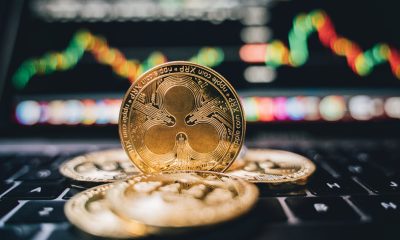Crypto
The Cryptocurrency Big Bang
The GENIUS Act grants U.S. stablecoins clear regulatory status. This has set off rapid growth in cryptocurrency and tokenized assets, with major institutions like JPMorgan, BlackRock, and retail giants exploring cryptocurrency adoption for payments, trading, and investment products. There are, however, concerns over banks’ deposit base, legal and systemic risks, and challenges for regulators.
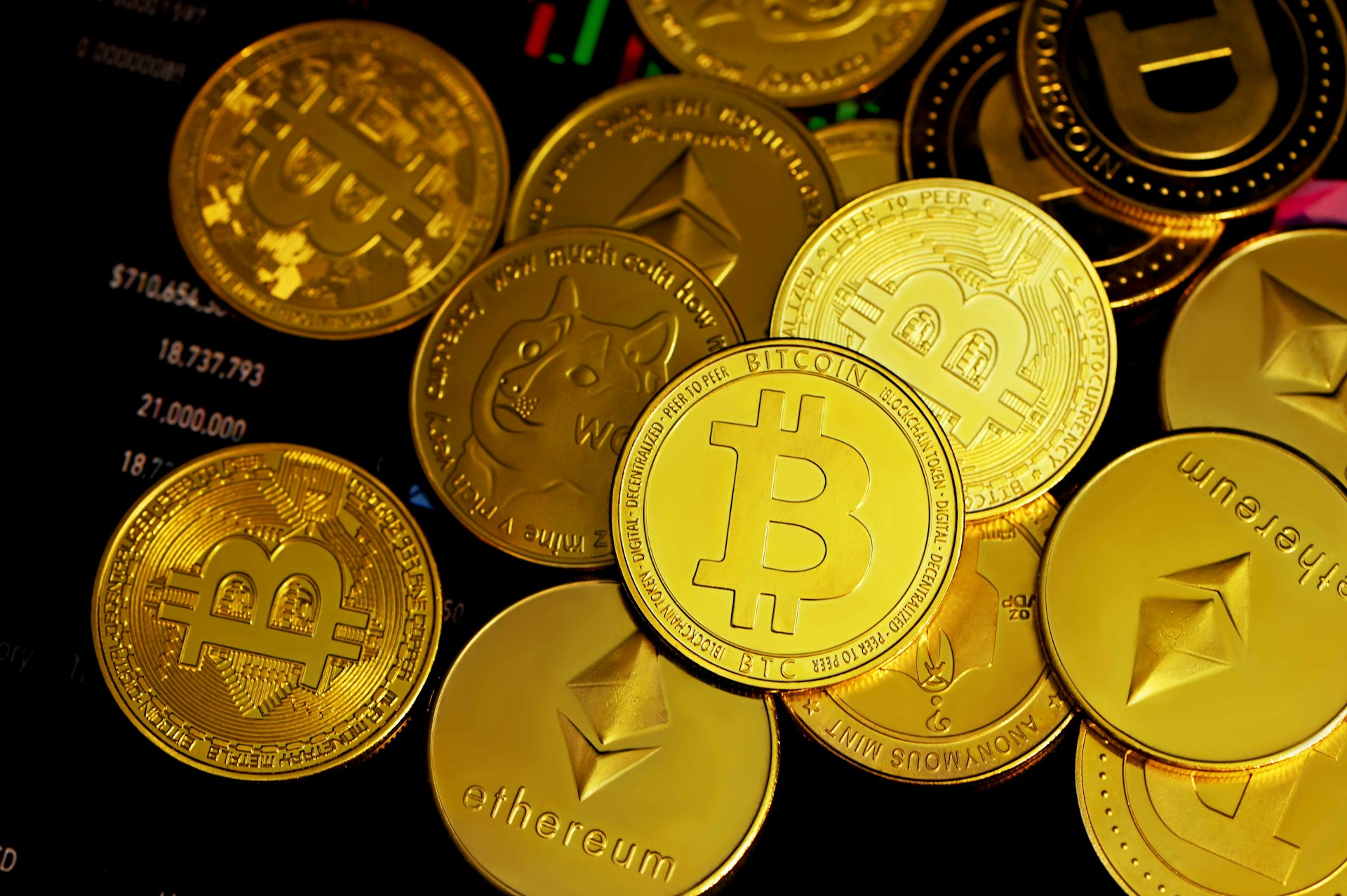
In the buttoned-up world of Wall Street, the “use cases” for cryptocurrency are often met with sarcasm. Veterans have seen it all before. Digital assets have appeared and vanished in spectacular fashion, often taking with them investors eager to ride the hype around “meme coins” and NFTs (non-fungible tokens—unique digital identifiers tied to specific assets). Time and again, their utility beyond speculation and financial crime has proved underwhelming.
The GENIUS Act & Cryptocurrency — Stablecoins, and the Rise of Tokenization
This latest wave of enthusiasm, however, is different. On July 18, President Donald Trump signed the GENIUS Act into law, granting stablecoins—a cryptocurrency pegged to conventional assets like the U.S. dollar—the regulatory clarity industry insiders had long sought. The sector is booming, and Wall Street players are now rushing in. “Tokenization” is also taking off: more assets are being traded on blockchains, representing stocks, money-market funds, private equity stakes, and even debt instruments.
As with any revolution, the insurgents are euphoric while the old guard is wary. Vlad Tenev, CEO of the digital-asset brokerage Robinhood, says the technology could “lay the groundwork for cryptocurrency to become the backbone of the global financial system.” Christine Lagarde, president of the European Central Bank, takes a different view, warning that a flood of new stablecoins could amount to “privatizing money.”
Both acknowledge the scale of the coming shift. This moment holds far more disruptive potential for traditional markets than previous waves of cryptocurrency speculation. While bitcoin and other cryptocurrency projects pitched themselves as “digital gold,” tokens are essentially wrappers or vehicles representing other assets. It may sound like a small step, but some of the most transformative innovations in modern finance—such as ETFs, the eurodollar market, and securitized debt—were essentially changes in how assets were packaged, sliced, and recombined.
Today, $263 billion in stablecoins circulate—around 60% more than a year ago. Standard Chartered Bank projects the cryptocurrency stablecoin market will reach $2 trillion within three years. Last month, JPMorgan Chase announced plans to launch a stablecoin-like product, the “JPMorgan Deposit Token (JPMD),” despite long-standing skepticism from CEO Jamie Dimon. The tokenized-assets market is smaller—$25 billion—but has more than doubled in the past year. On June 30, Robinhood introduced over 200 new tokens for European investors, enabling them to trade U.S. stocks and ETFs outside of standard market hours.
Cryptocurrency Opens New Transaction Possibilities
Stablecoins enable fast, low-cost transactions because ownership is recorded instantly on digital cryptocurrency ledgers, eliminating the intermediaries that handle traditional payment systems. They are especially attractive for cross-border payments, which are now slow and expensive. Although stablecoins currently account for less than 1% of global financial transactions, the GENIUS Act is set to boost their role. It clarifies that stablecoins are not securities and requires them to be fully backed by safe, liquid assets. Retail giants like Amazon and Walmart are reportedly considering getting in on cryptocurrency by issuing their own stablecoins, which for consumers could work like store gift cards—balances spendable with the retailer, possibly at discounted rates. Such coins could bypass companies like Mastercard and Visa, which take a roughly 2% cut of U.S. sales they process.
Tokenized assets are digital representations of other assets, from mutual funds to company shares to commodity baskets. Like most cryptocurrency, and stablecoins in particular, they can speed and simplify transactions, particularly for less liquid holdings. Some cryptocurrency offerings, however, are gimmicky. Tokenizing individual stocks, for example, allows for 24/7 trading, since exchanges wouldn’t need to be open—but the benefits are debatable, especially as trading costs for many retail investors are already near zero.
Cryptocurrency Threats to Banks
Many cryptocurrency offerings are far from trivial. Consider money-market funds, which invest in Treasury bills: a tokenized version could double as a payment method. Like stablecoins, such tokens are backed by safe assets and can be traded seamlessly on blockchains. They also yield far more than the average U.S. savings account rate of under 0.6%—many money-market funds currently offer about 4%. BlackRock’s tokenized money-market fund, the largest, now exceeds $2 billion. “One day, tokenized funds will, in my view, be as familiar to investors as ETFs,” wrote BlackRock CEO Larry Fink in a recent letter.
This cryptocurrency movement could shake up the incumbents. Banks are trying to get involved in the new digital-asset market partly because they see the threat. In the long run, a combination of stablecoins and tokenized money-market funds could make bank deposits less appealing. The American Bankers Association notes that if banks lost just 10% of their $19 trillion in retail deposits—their cheapest source of funding—their average funding cost would rise from 2.03% to 2.27%. Even if total deposits, including corporate accounts, held steady, bank profit margins would still shrink.
Cryptocurrency Threats to the Financial System
These new cryptocurrency assets could also destabilize the financial system itself. Holders of Robinhood’s new stock tokens, for example, do not actually own the underlying shares. Technically, they own a derivative tracking the asset’s value, including any dividends, rather than the stock itself—meaning they lack the voting rights usually attached to share ownership.
If the token issuer went bankrupt, clients could face a legal scramble, competing with other creditors for the underlying assets. That’s exactly what happened this month to fintech startup Linqto, which offered stakes in private companies via special-purpose vehicles (SPVs) before filing for bankruptcy. Now, cryptocurrency buyers are unsure whether they truly own the assets they thought they had purchased.
The Cryptocurrency Regulatory Question
This is both one of tokenization’s greatest opportunities and one of its biggest challenges for cryptocurrency regulators. Linking illiquid private assets to easily tradable tokens could open closed markets to millions of retail investors with trillions of dollars to deploy. They could buy stakes in promising private companies that were previously out of reach. But this raises concerns: agencies like the U.S. Securities and Exchange Commission (SEC) have much greater oversight of public companies than private ones, making the former more suitable for retail investment. Stock-representing tokens could turn previously unlisted holdings into assets as easy to trade as ETFs. Yet unlike ETF issuers, token providers are under no obligation to maintain intraday liquidity by buying and selling the underlying assets. At scale, this could effectively transform private companies into public ones—without the disclosure requirements public markets demand.
Even cryptocurrency-friendly regulators want clear boundaries. On July 9, SEC Commissioner Hester Peirce—nicknamed “Crypto Mom” for her pro-digital stance—emphasized that tokens should not be used to evade securities laws. “Tokenized securities remain securities,” she wrote, meaning disclosure rules for securities issuers will apply whether or not they’re wrapped in cryptocurrency packaging. In practice, however, the sheer variety and novelty of these assets means regulators will be in constant catch-up mode.
That’s the paradox: to be truly useful, stablecoins will also have to be truly disruptive. And the more attractive tokenized assets become to brokers, clients, investors, merchants, and other financial firms, the more they will reshape finance—for better and for worse. Whatever the balance, one thing is already certain: the notion that cryptocurrency has delivered no significant innovation is now outdated.
__
(Featured image by Kanchanara via Unsplash)
DISCLAIMER: This article was written by a third party contributor and does not reflect the opinion of Born2Invest, its management, staff or its associates. Please review our disclaimer for more information.
This article may include forward-looking statements. These forward-looking statements generally are identified by the words “believe,” “project,” “estimate,” “become,” “plan,” “will,” and similar expressions. These forward-looking statements involve known and unknown risks as well as uncertainties, including those discussed in the following cautionary statements and elsewhere in this article and on this site. Although the Company may believe that its expectations are based on reasonable assumptions, the actual results that the Company may achieve may differ materially from any forward-looking statements, which reflect the opinions of the management of the Company only as of the date hereof. Additionally, please make sure to read these important disclosures.
First published in Le Nouvel Economiste. A third-party contributor translated and adapted the article from the original. In case of discrepancy, the original will prevail.
Although we made reasonable efforts to provide accurate translations, some parts may be incorrect. Born2Invest assumes no responsibility for errors, omissions or ambiguities in the translations provided on this website. Any person or entity relying on translated content does so at their own risk. Born2Invest is not responsible for losses caused by such reliance on the accuracy or reliability of translated information. If you wish to report an error or inaccuracy in the translation, we encourage you to contact us.

-
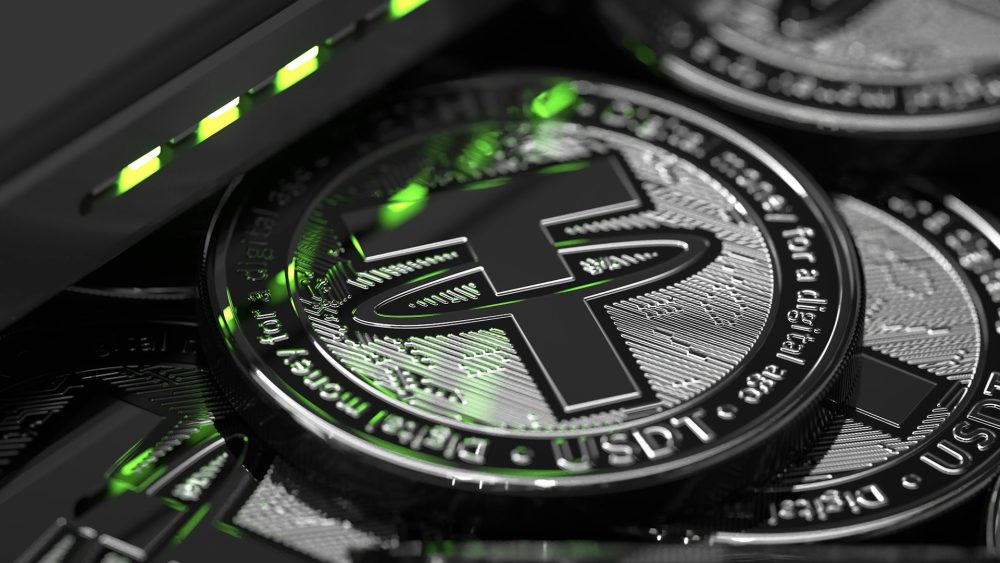
 Crypto1 week ago
Crypto1 week agoTether Targets $500 Billion Valuation in Landmark Funding Push
-
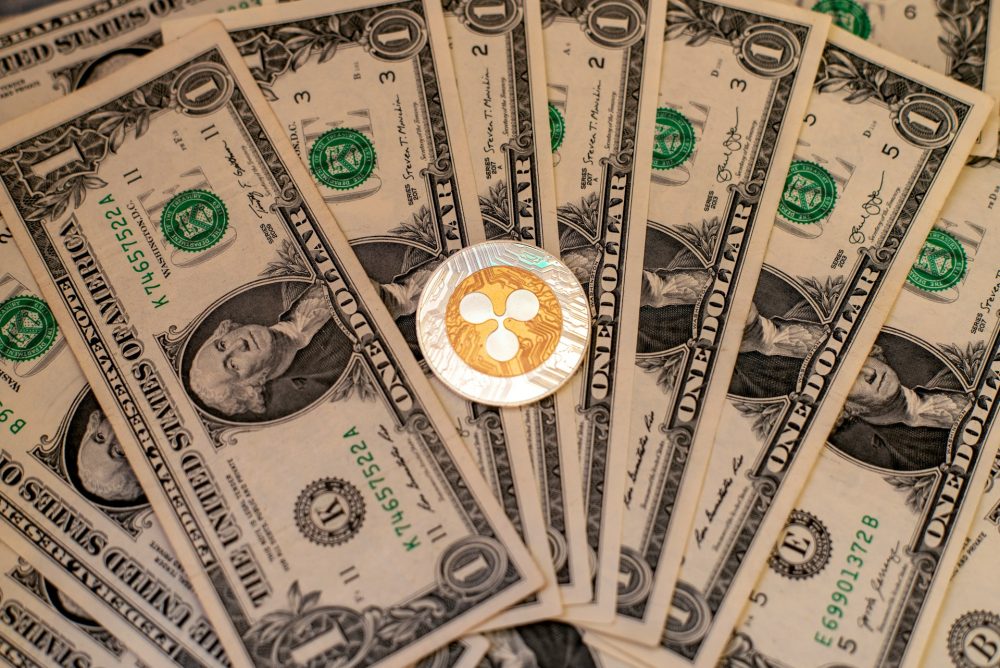
 Crypto2 weeks ago
Crypto2 weeks agoXRP Poised for a Breakout: Why 2026 Could Finally Deliver the Growth 2025 Delayed
-
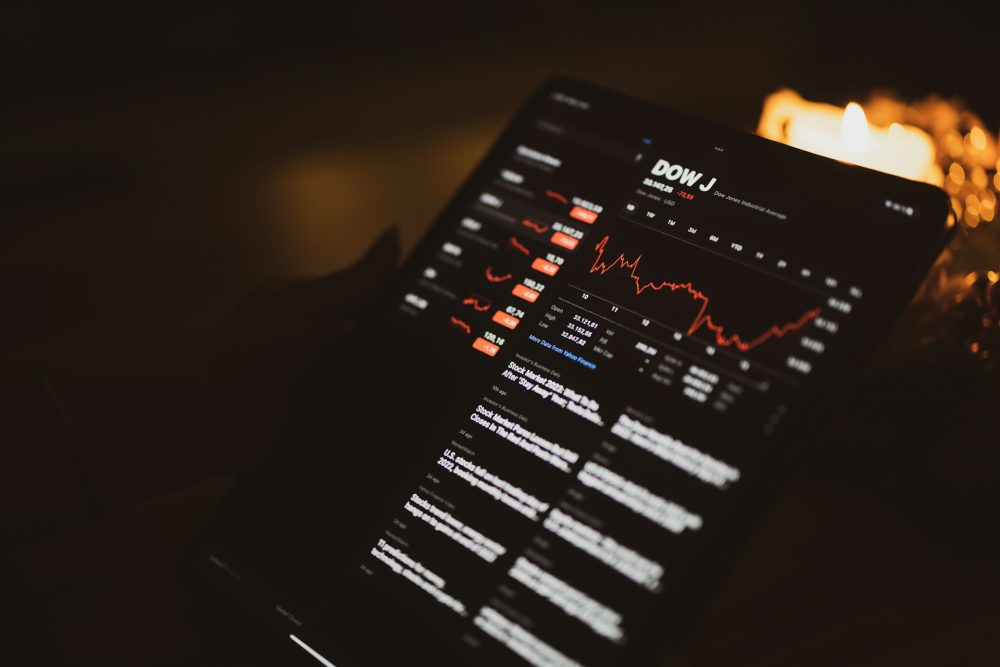
 Markets2 days ago
Markets2 days agoDow Jones Strength Faces Risk From a Potential Yen Carry Trade Unwind
-

 Business1 week ago
Business1 week agoPrecious Metals’ Bull Market Continues








